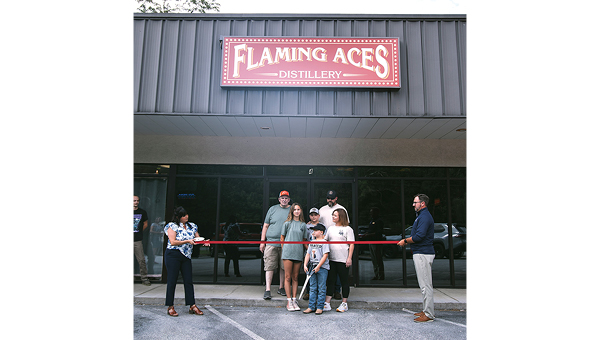Real estate: A cornerstone of region’s small business footprint
Published 11:07 am Monday, April 28, 2025
|
Getting your Trinity Audio player ready...
|
By Wayne Porter
NETAR president
May is the only time the most important piece of the local and U.S. economies is formally recognized. Small Business Month’s goal is to honor the entrepreneurs who bring current ideas to the life and growth of our economy, and to sustain it. That has special significance for Realtors®. It’s special because they’re part of the small business community and they’re also a major contributor that drives its sustainability and success.
The most current census count lists 264 real estate, rental and leasing firms in the NE Tennessee – SW Virginia region. The total number of employees was about 1,205. But that’s a small part of the small business picture. It doesn’t include the number of agents.
Trending
Most local real estate firms (72%) have fewer than five employees. Many — if not most — Realtors® are not employees. They’re entrepreneurs and nonemployer businesses.
The IRS describes nonemployer businesses as “small firms — like real estate agents and independent contractors.” They account for almost three-quarters of all businesses and contribute about 4% of the economy’s overall sales and receipts data. Nonemployer businesses are not included in the counts of businesses from the Economic Census or County Business Patterns.
Locally, real estate professionals account for a little better than 10% of the region’s nonemployer businesses. But that doesn’t include real-time conditions. The Census reports lag by a year to a year and a half. Typically, the number of Realtors® declines when the market softens. But so far, that hasn’t happened. NETAR’s membership roll keeps increasing. Currently, it has 1,762 primary members and 84 secondary members.
Area real estate firms with employees had an annual payroll of about $70 million in the current Census count. But there’s a lot more to the economic impact — the business to other local small businesses — Realtors® provide. Realtors® are involved in almost all real estate transactions, and according to a new survey by Realtor.com, the average mover spends almost $20,000 setting up their new home. Applied to the number of new households in 2024, that’s a cool $21.4 million. The actual economic impact is higher when you factor in all the variables the National Association of Realtors® uses in their economic impact study. More about that in an upcoming report. That economic impact is spread across a multitude of local small businesses.
Residential sales alone had a volume of $2.1 billion last year. Sweep in the economic multipliers identified by the National Association of Realtors® (NAR) economic researchers and the total balloons by another $1 billion. And that doesn’t include vacant land sales, all the new home sales, and commercial real estate transactions or deals that were not listed on the local Multiple Listing Service (MLS).
Overall, real estate accounts for about 15% of the state and local economy, and almost all the heavy lifting is done by firms with fewer than five employees and the nonemployer businesses.
Trending
According to the Business Journal’s Book of Lists, the region’s three biggest employers (Food City, Ballad and Eastman) have about 37,500 workers. The two-year-old count of nonemployer businesses is almost 35,000.
The region’s economy is seeing some impressive economic gains. Small businesses and real estate are a big part of those gains. NETAR was the first local organization of its kind that recognized, embraced and employed the economic benefits and efficiencies of regionalism to market real estate and represent its members.
May is a fitting observance because small businesses are important. They provide opportunities for entrepreneurs and create meaningful jobs with greater job satisfaction than positions with larger, traditional companies. They foster local economies, keeping money close to home and supporting neighborhoods and communities. NETAR and its members are proud to be part of that dynamic.






